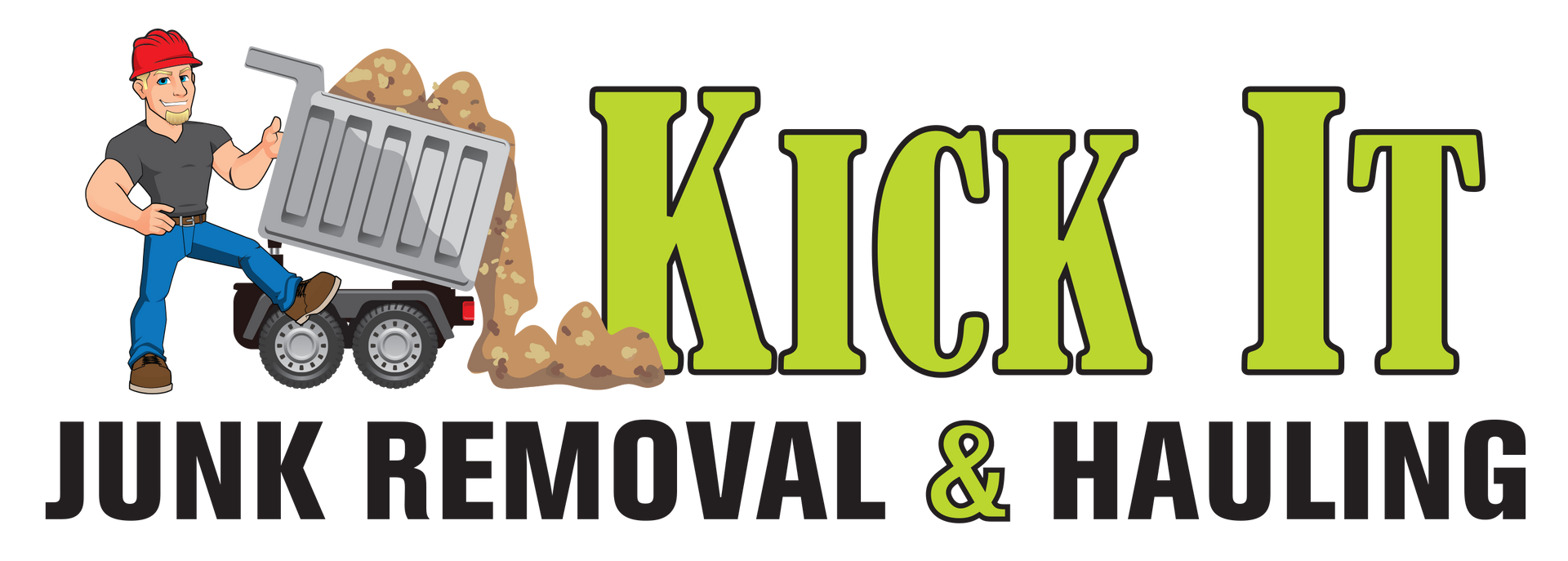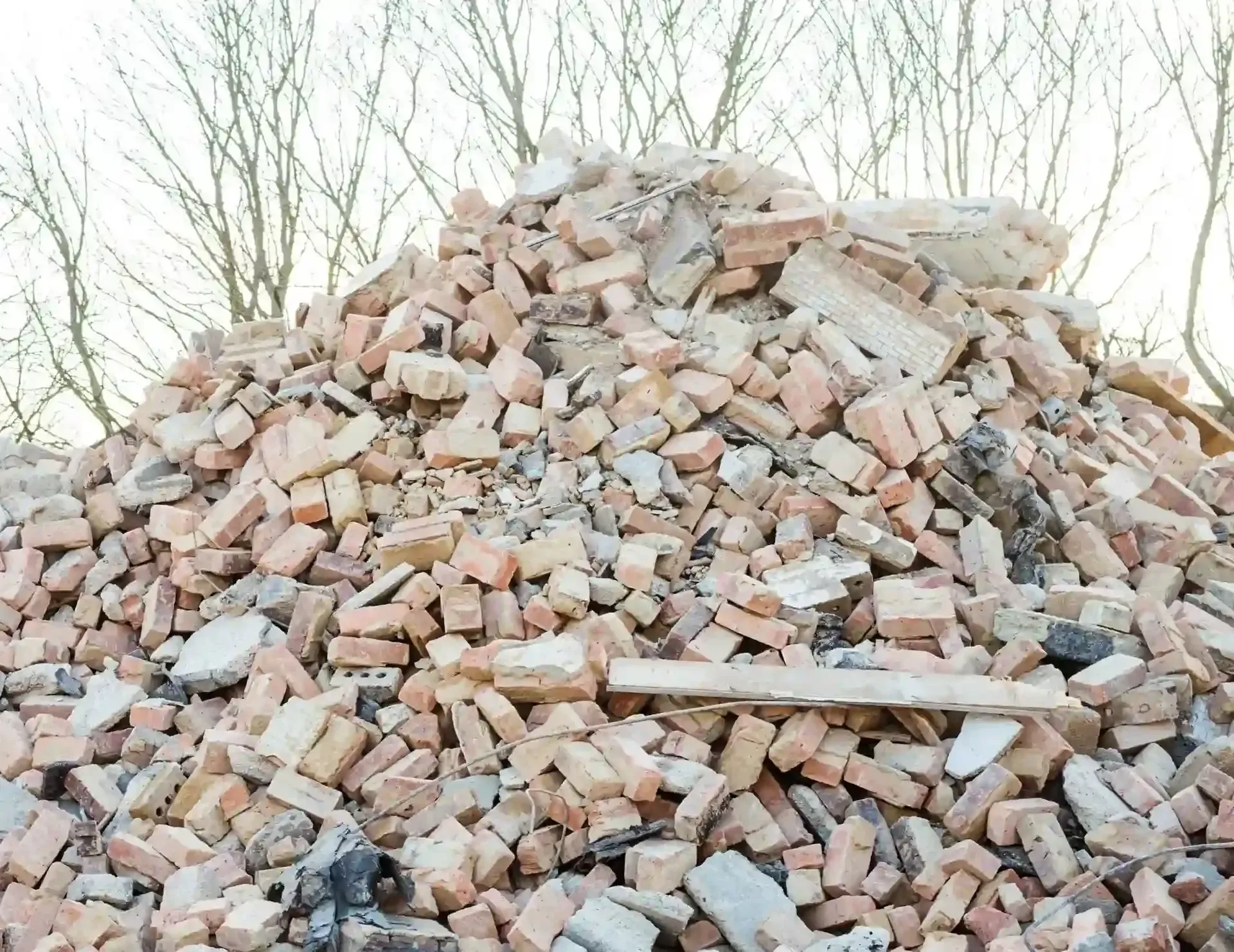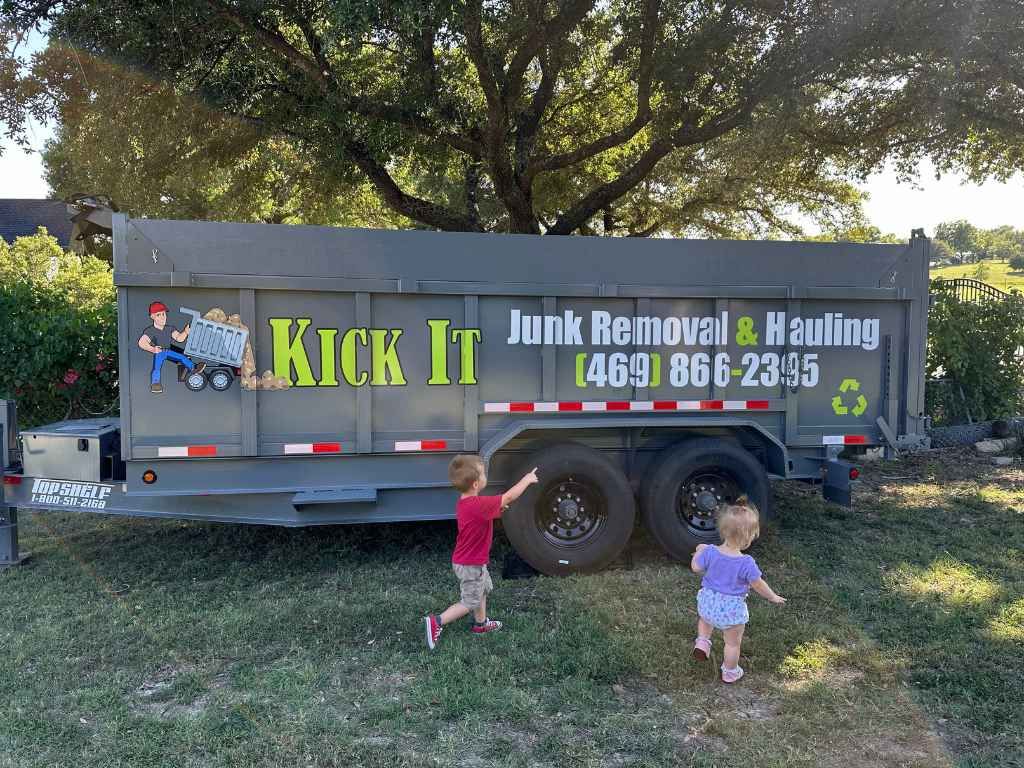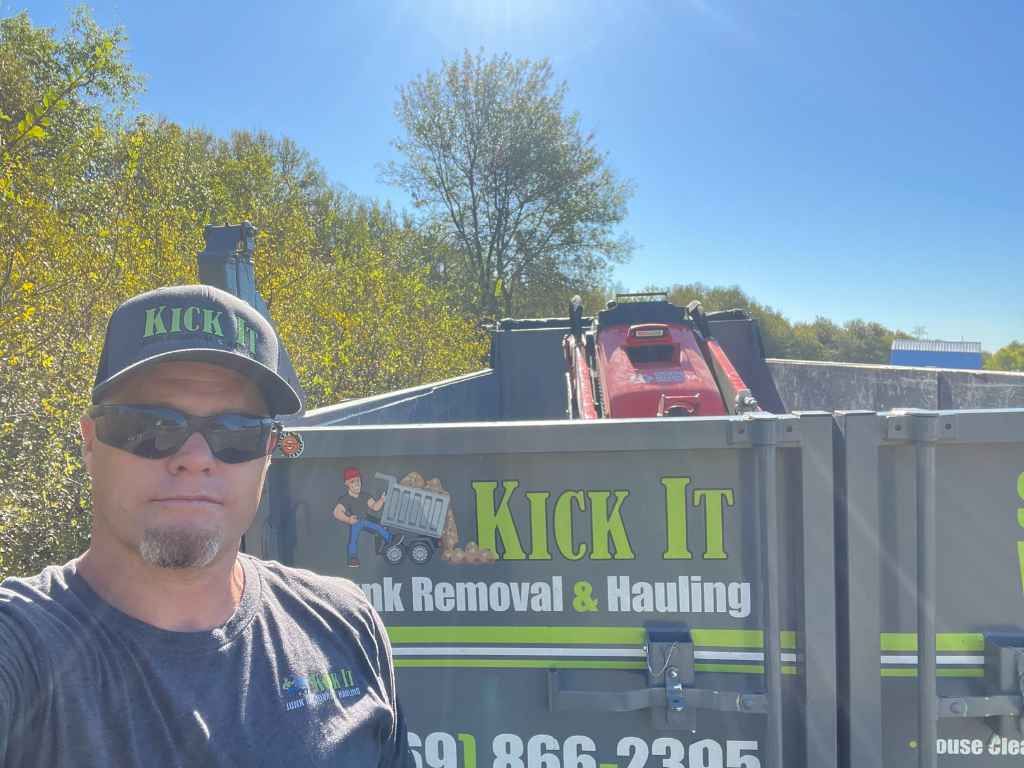Shed Demolition: A Comprehensive Guide
Shed demolition is not just about tearing down a structure. It's an involved process that requires strategic planning, attention to detail, and careful execution. Whether you're dealing with an aging shed, need space for a new project, or simply want to reclaim your backyard, understanding the proper steps of demolition can make a world of difference. This comprehensive guide will walk you through everything you need to know about shed demolition, from the reasons behind it to the best practices for ensuring safety, efficiency, and sustainability.
Understanding Shed Demolition
At its core, shed demolition involves dismantling a shed, typically down to its foundation, in a manner that is both safe and environmentally responsible. It's not the same as simple demolition where the structure is quickly torn down and forgotten. A well-thought-out demolition plan ensures that materials are safely removed and disposed of, and that the surrounding area remains undisturbed. This process can be a complex one depending on the size of the shed, the materials used, and the site itself.
Unlike the removal of other structures, a shed often has a very different set of challenges. Sheds can range from small, flimsy structures to large, fortified ones. Their location can also add another layer of difficulty, whether they are placed on a delicate garden bed or built on an elevated platform. Each of these factors plays a role in determining how the demolition should unfold.
Why You Might Need Shed Demolition
There are several reasons why you might want to demolish a shed. In some cases, the structure may no longer serve its intended purpose. Maybe it’s deteriorating beyond repair, making it unsafe or unappealing. The wear and tear of weather, time, or inadequate maintenance can result in a shed that’s no longer structurally sound.
Perhaps you’ve outgrown the space, and it's time to clear it for new developments. Your backyard or garden may require a new layout, or you're simply interested in maximizing your available space. Demolition provides a blank canvas to start fresh, whether you plan to build something new or leave the area open for other uses, such as a garden, pool, or outdoor seating area.
Shed demolition might also be necessary when you are trying to salvage materials for reuse or recycling. Many sheds are made from durable materials like wood, metal, or aluminum, which can be taken down piece by piece and repurposed. This can be an environmentally responsible choice, helping reduce waste and contribute to a sustainable approach to
construction.

Planning the Demolition
Proper planning is essential for a smooth and effective demolition process. It’s not just about grabbing a sledgehammer and going to town—it requires a well-thought-out approach that addresses safety, efficiency, and regulatory concerns. Before diving into the actual work, take the time to assess the shed’s condition and your goals for the demolition. Ask yourself what you hope to accomplish—are you just clearing space? Salvaging materials? Or preparing for new construction?
A good first step is to evaluate the shed’s size and structure. Larger sheds with reinforced steel may require more than a simple teardown. Also, consider the foundation. Some sheds are built on concrete slabs or piers, and these will need to be dealt with separately from the upper structure.
Next, think about your budget. Demolition costs can vary significantly based on the shed's size, material, location, and whether or not you plan to hire a professional. DIY demolition can save money, but it requires expertise, the right tools, and ample time. Professional demolition services typically come with added costs, but they offer speed, safety, and the advantage of specialized equipment.
You also need to be mindful of the disposal process. Any demolition project creates waste—whether it’s old lumber, roofing materials, or metal parts. Many of these materials can be recycled or repurposed, so it's crucial to plan ahead for waste disposal. This might involve renting a dumpster or coordinating with local recycling facilities.
Legal and Environmental Considerations
Before you start your demolition project, it’s essential to check local regulations and legal requirements. In many places, even small-scale demolition may require a permit. Some jurisdictions may have strict building codes that govern how and when demolition can be carried out. If your shed contains hazardous materials like lead paint, asbestos, or mold, you’ll need to take additional precautions to safely handle and dispose of these substances.
Environmental considerations also come into play. Demolition debris can often end up in landfills if not handled properly. If you are committed to reducing your environmental footprint, focus on recycling as much of the material as possible. Wood, metal, and even some plastics can be repurposed, and there are recycling programs for most construction waste. Donating usable materials or fixtures to local charities or community organizations is another great way to ensure that your demolition aligns with sustainable practices.
The Demolition Process
Demolishing a shed isn’t just about brute force—it requires a strategic approach that minimizes risk, preserves valuable materials, and keeps your site clean. The process typically begins with preparation. Remove all personal items stored inside the shed and clear any obstacles in the surrounding area. It’s also a good idea to inform neighbors about the impending demolition, especially if they live close by, as noise and dust can be a concern.
Before the demolition begins, disconnect any utilities connected to the shed, such as electricity or water lines. Depending on your area, this may involve contacting your utility provider to ensure everything is safely shut off. For larger sheds that have electrical wiring or plumbing, you may need the help of a professional to safely disconnect these systems.
Once the area is prepared and safe, the actual demolition can begin. The first step is typically the removal of the roof, especially if it's made of lightweight materials such as shingles or corrugated metal. From there, you can start dismantling the walls, removing windows, doors, and other structural elements. It’s often helpful to begin from the top and work your way down to prevent collapse and to minimize the mess.
As you dismantle the structure, be sure to keep an eye on the materials you’re removing. Wood beams, metal panels, and other reusable items should be kept separate for later recycling or repurposing. For those with an interest in reusing materials, taking extra care during the demolition phase ensures that valuable materials are preserved for future projects.
When you’ve taken down the majority of the shed, the next step is dealing with the foundation. Sheds built on concrete slabs or piers may require specialized equipment to break up and remove the foundation. If you’re planning to rebuild, it’s important to take the time to level and prepare the site for future construction.
Managing the Waste
Managing waste from a demolition project can be challenging, but it’s also an opportunity to be mindful of sustainability. Sorting debris into separate categories for recycling, reuse, and disposal is an essential part of the process. Recyclable materials such as metals, plastics, and certain types of wood should be separated from general waste and taken to appropriate facilities.
Some demolition projects may involve hazardous waste removal, particularly if the shed contains materials like asbestos, mold, or lead-based paint. In such cases, it’s important to hire professionals who are trained to handle and dispose of hazardous materials properly.
In addition to recycling, consider donating reusable items. Doors, windows, hardware, and even furniture can be repurposed, and many local charities will gladly accept these items. This is a great way to extend the life of materials that might otherwise end up in a landfill.
Professional Demolition Services
While DIY demolition is certainly an option, it’s not always the best choice for everyone. Hiring a professional demolition service offers several advantages. Experienced demolition contractors can complete the job faster and more efficiently, minimizing the risk of damage to the surrounding area. They also have the necessary tools and equipment to handle more complex demolitions, such as concrete slab removal or dealing with hazardous materials.
In addition to the physical work, professional demolition services often take care of all the logistical details. This includes obtaining permits, ensuring compliance with local regulations, and handling waste disposal and recycling. If you’re working on a tight timeline or want to avoid the hassle of managing the project yourself, hiring professionals can save you time, effort, and potential stress.
Cost Considerations
The cost of shed demolition can vary depending on several factors, including the size and complexity of the shed, your location, and whether you choose to hire professionals. On average, homeowners can expect to pay between $1,500 and $5,000 for a complete demolition, including waste disposal and cleanup. The price may fluctuate based on the materials being removed, the need for specialized equipment, and the time required to complete the job.
If you’re considering DIY demolition, the costs may be lower, but you’ll need to factor in the price of tools, disposal fees, and your time. Renting a dumpster for waste removal, buying safety gear, and acquiring any necessary permits can also add to the cost of the project.
Conclusion
Shed demolition is an involved process that requires careful planning, attention to detail, and an understanding of local regulations. Whether you choose to tackle the project yourself or hire professionals, it’s important to prioritize safety, environmental responsibility, and proper waste management. By taking the time to approach your shed demolition with a thoughtful strategy, you can ensure a successful outcome.
For residents of Forney, Texas, and surrounding areas, Kick It Junk Removal & Hauling offers expert demolition services tailored to your needs. Their team is equipped to handle everything from shed demolition to junk removal and hauling, ensuring that your project is completed on time and within budget.











